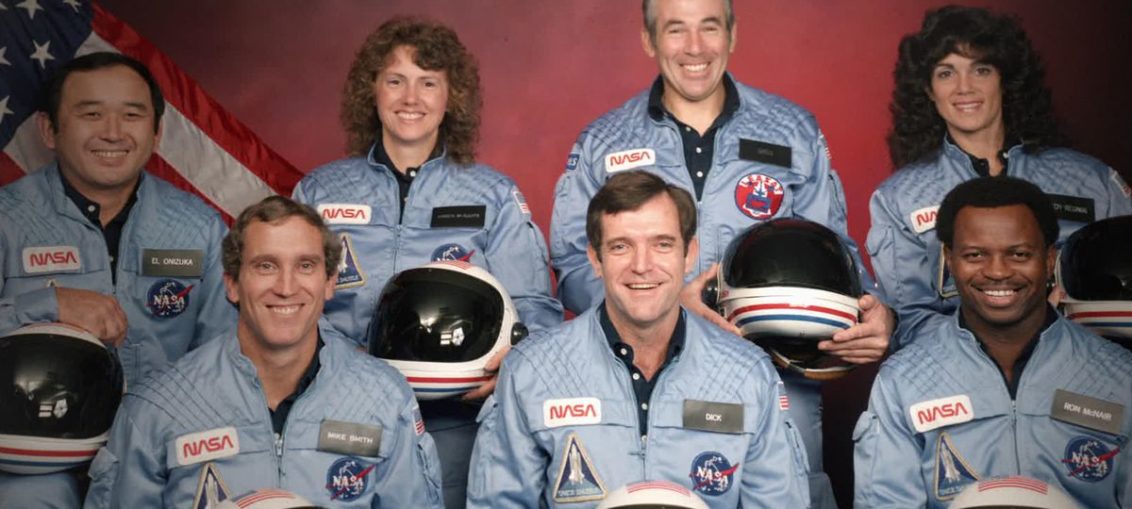
By the time it used to be introduced in the summertime of 1985 the gap commute Challenger could be launching the next January, the American public used to be way past the purpose of accumulating across the TV set at the morning of liftoff, and the media had relegated protection of such occasions to the 3rd merchandise at the night time information or a smallish tale on Page four of the newspaper. After all, this will be the 25th such undertaking; what’s new about that?
NASA had a solution: this will be the first flight to characteristic a civilian: one Christa McAuliffe, a cherished social research trainer at Concord High School in New Hampshire who used to be decided on from greater than 11,000 entrants. NOW there used to be media and public passion. A large tv target market (together with schoolchildren in assemblies across the nation) used to be staring at at the morning of Jan. 28, 1986, when Challenger lifted off from Cape Canaveral, Florida, soared into the cool blue sky — and blew aside 73 seconds into flight.
CST_
CST_
CST_
CST_
CST_
CST_
CST_
CST_
We’ve noticed that newsreel photos of the plume of fireplace and the white clouds of smoke and the horrified appears at the faces of the observers over and over again, and we consider listening to in regards to the failure of the O-ring that led to the explosion. We know this tale. But with the four-part Netflix docuseries “Challenger: The Final Flight,” we get in all probability probably the most complete and humanized model of occasions but, that includes uncommon archival photos; reminiscences of newshounds; considerate profiles of each and every of the seven group participants, and insightful, deeply transferring interviews with surviving circle of relatives in addition to one of the important figures within the release, together with some who’re haunted to nowadays via the collection of occasions main as much as the release.
“There were people in NASA who said a catastrophe would take place,” says Richard Cook, useful resource analyst for NASA on the time. “And all of the important players at NASA knew.”
June Scobee Rodgers, widow of Challenger Cmdr. Francis “Dick” Scobee, wonders, “How could they live with themselves for making a decision like that?”
The resolution in query concerned the ones notorious O-rings — rubbery gaskets sealing the rocket boosters. Engineers at Morton Thiokol, the Utah-based corporate that constructed the commute’s forged rocket booster, had expressed deep worry in regards to the O-rings dropping flexibility in chilly climate, however after a large number of weather-related delays, Challenger took off with the ambient air temperature on the Kennedy Space Center simply 36 levels. “Challenger: The Final Flight” doesn’t indict one particular particular person because the offender, but it surely’s transparent officers at NASA unnoticed to heed some severe warnings — and attempted to hide their tracks all the way through next investigations.
But the docuseries isn’t near to newsmagazine-style journalism. We be told the again tales of the group, which integrated Judith Resnick, the second one lady and primary Jewish lady in area; Ellison Onizuka, the primary Asian-American in area; Ronald McNair, the second one African-American in area; Michael J. Smith and Gregory Jarvis and the aforementioned Cmdr. Scobee, and naturally Christa McAuliffe. There are heartbreaking moments reminding us those courageous and impressive explorers have been additionally pretty, worrying, actual other people. June Scobee Rodgers says when she won affirmation the group used to be long gone, she went into the closet and wrapped her palms round her husband’s garments. She then opened Dick’s weather-beaten briefcase: “I noticed his astronomy maps and I noticed a Valentine card, ‘To My Wife.’
“January the 28th, he was already prepared to come home and give me a Valentine.”